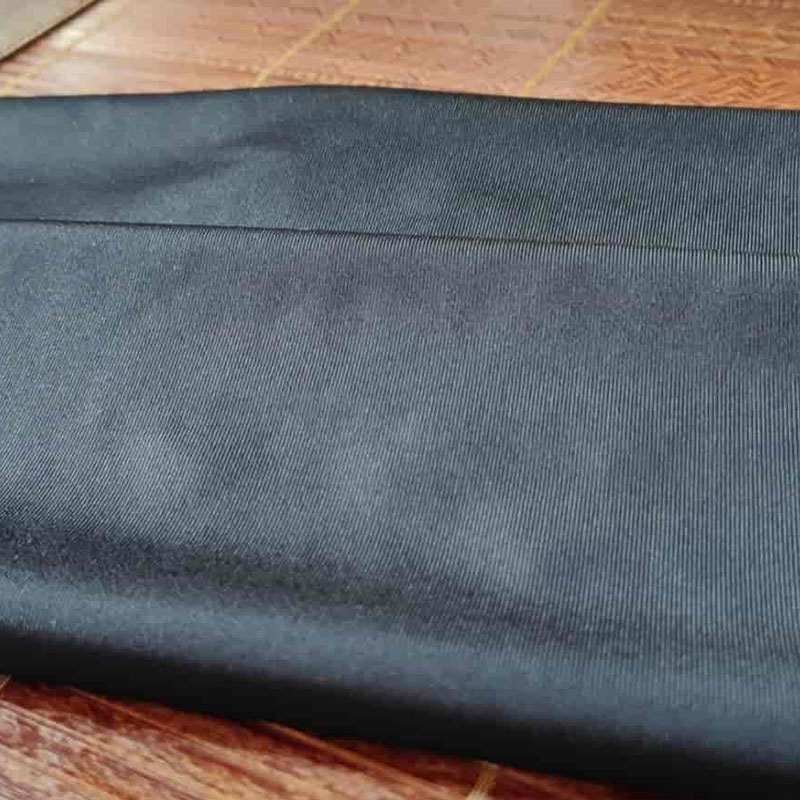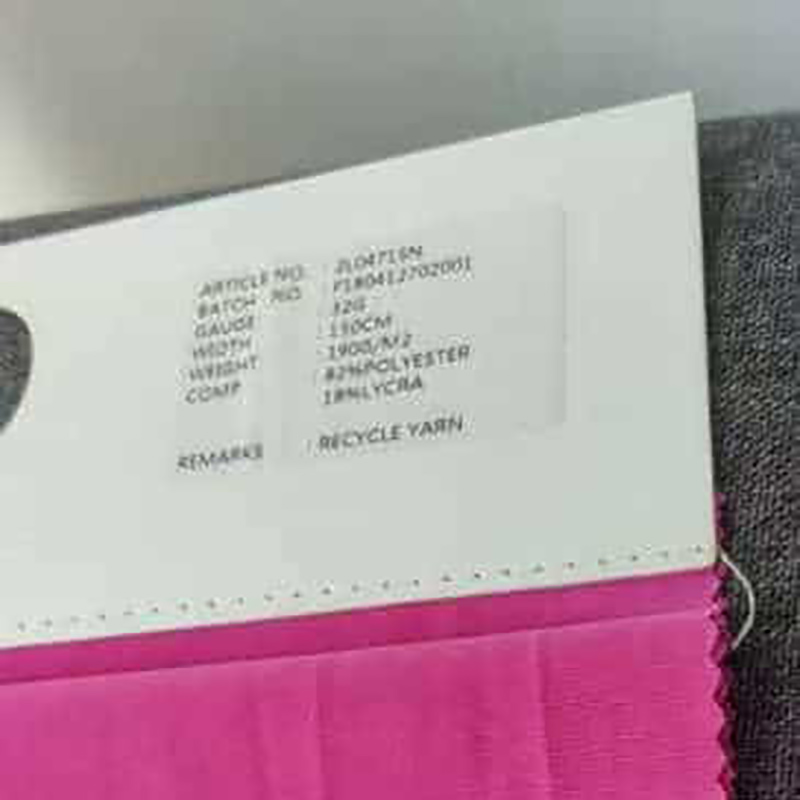V. M. Traverso - published on 05/29/23
Today we live in the age of fast fashion, when people can buy cheaply made garments that usually don’t last more than one season. Yet even in today’s world there are still organizations that keep alive a different way of doing things. Antico Opificio Serico, based in Caserta, Italy, has been making silk garments for royals, intellectuals, and popes for the past 300 years. Warp Knit Seamless

The origins of the company go back to 1789, when Francesco De Negri, textile artisan from Genoa in Northern Italy, joined the Royal Silk Colyn of St. Leucio, a silk company founded near the Royal Palace of Caserta by King Ferdinand IV of the Bourbon royal family, who ruled over parts of Southern Italy between the 18th and the 19th centuries.
De Negri passed down his mastery of silk making to his son and his grandson, Leopoldo De Negri, who in 1895 started his own family-run silk shop in Caserta. Antico Opificio Serico, opened by the De Negris, has been in operation for the past 125 years.
Silk making, which originated in China, is a complex and elaborate art that is part entomology and part textile making. Silk fibers are in fact produced by silkworms during their transformation from worm to moth. During this metamorphic process, silkworms create a soft cocoon made of silk fabric and other materials. Silkmakers harvest the ultra soft fibers of the cocoon, soak them in hot water and stir them until the cocoon unravels. This way the fibers making up the cocoon become long filaments that can be used to create the renowned soft fabric that is silk.
After this process, raw silk fabric is spun into threads used for weaving or knitting. Silk makers can create different types of silk, including crepe, tram, thrown singles, and organzine – later used to make gowns, scarves, shirts, or bedsheets.
It takes a team of experienced and trained workers to craft a beautiful silk garment, and the De Negri family business has employed the most skilled silk makers in Europe for generations. Today, the company employs around 15 highly adept silk workers who have been trained in the ancient and slowly disappearing art of silk making.
The Catholic Church has considered silk as one of the most suitable materials to make liturgical vestments due to the undisputed value of this rare fabric. The Pope wears silk garments, watered or plain, and satiline materials are reserved for the Holy Father only. Cardinals wear silk mostly in the summer, wearing silk choir-cassock, cappa magnas and mozzettas. And in the summer, Vatican prelates wear a cassock of plain purple silk and a mantle of the same material.
In its centuries old history, Antico Opificio Serico has been making silk garments for the Vatican, the UK royal family, and the White House, among others. Recent papal garments include ceremonial clothes for Benedict XVI and ceremonial garments for John Paul II used for the year 2000 Jubilee.
In 2013 the long history of the De Negri family was put at risk as the landlords of the textile factory where the company had been based for centuries decided to raise the rent and effectively kicked the historic company out of the premises. But, partly thanks to the support of local people who consider the Antico Opificio Serico as a beloved institution, the company was able to find a new home for its production and it is still in business after 125 years.
Enjoying your time on Aleteia?
Articles like these are sponsored free for every Catholic through the support of generous readers just like you.
Thanks to their partnership in our mission, we reach more than 20 million unique users per month!
Help us continue to bring the Gospel to people everywhere through uplifting and transformative Catholic news, stories, spirituality, and more.
Support Aleteia with a gift today!

Soft Polyester Yarn Entrust your prayer intentions to our network of monasteries